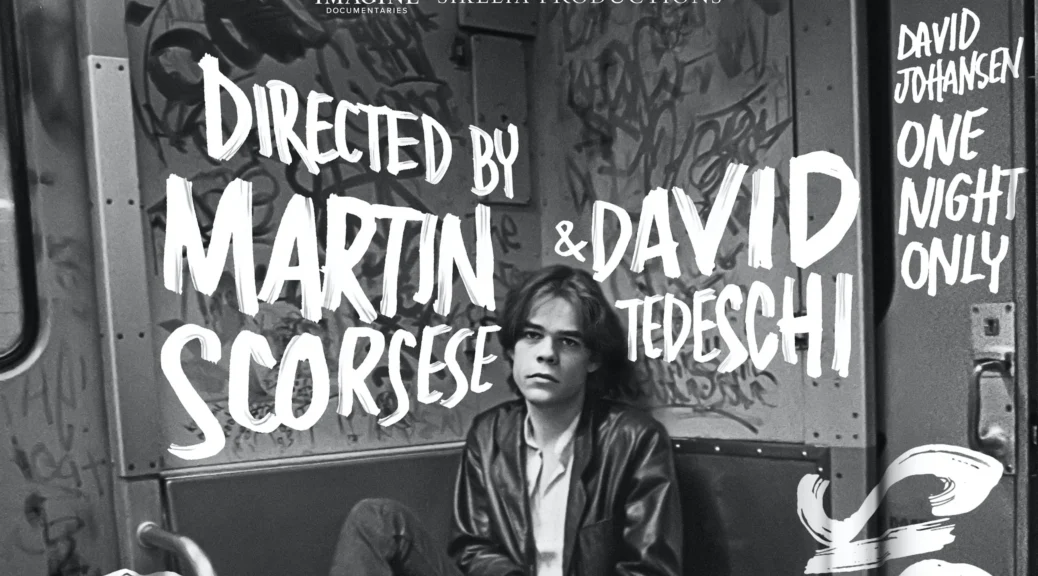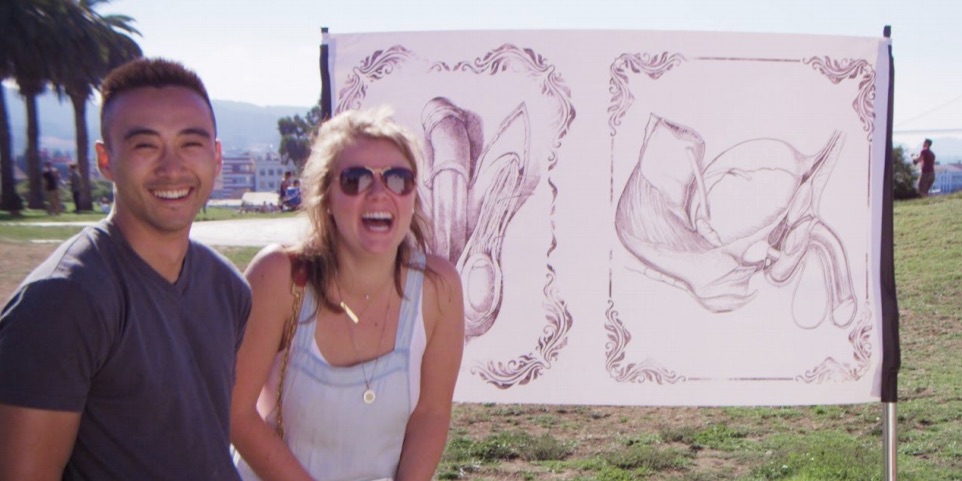The Ants & the Grasshopper
by Rachel Willis
For Anita Chitaya, climate change is devastating. Along with her community, she does what she can to minimize its impacts in Bwabwa, Malawi. However, she knows that for real change to happen, she needs to go to America – and convince those who don’t believe.
Directors Raj Patel and Zak Piper give her that opportunity and film the journey for their documentary, The Ants & the Grasshopper.
The first 20-minutes of the film shows us Anita’s world. Not only does she farm her one acre of land with her husband, Winston, she erases old notions of gender roles. She encourages men to cook and help their wives with necessary chores. Her program is successful, though there is one notable hold out who refuses to do “woman’s work.”
Upon the success of her endeavors in her hometown, she believes she can convince people in America about the reality of climate change if only she could talk to them.
The film picks up steam when Anita, along with her friend Esther, arrives in the United States. Her journey begins in the Midwest, speaking with farmers about the impacts of their practices on Bwabwa.
Though everyone who meets Anita is civil, it’s clear some don’t believe her plight at home is due to climate change. Jordan works on his family’s farm; though he says he will do what he can to help, he blatantly states he doesn’t think it’s an issue. This shocks his parents. That members of the same family have conflicting beliefs speaks to the heart of the problem in America.
It’s humbling and a little shaming to watch Anita travel across America. As she takes in the excess, she points out that we take what we have for granted. Her companion, Esther, points out that it’s not about making anyone feel guilty – “too much time is wasted on guilt.” But when Anita and her community struggle to find water for cooking and cleaning, what we take for granted is damning.
However, there is hope to be found. After Anita returns home, we find the same man who refused to do woman’s work now teaching other men how to cook. Skeptic Jordan wishes he could apologize to his Malawi friends for laughing when “maybe I should have cried.” People can change. Though the sentiment is that it’s never too late to change, the faster we wake up, the better for everyone.











